I remember pictures of Betsy Ross in my American history textbooks in elementary school and 184 years after her death many still know her as the seamstress who created the first-ever American flag. While I am glad that she is remembered, the image that many have of Betsy Ross undermines her real accomplishments as a forward-thinking, independent business owner, revolutionary, and community leader. She was far from a quaint homemaker who obediently stitched together a flag to support the troops. Here are five of my favorite facts about the real Betsy Ross and some conversations starters for your 4th of July weekend.
She was the 8th of 17th children in a devoted revolutionary family
Perhaps this isn’t necessarily one of Betsy Ross’s accomplishments, but I DO think this is worth mentioning. Betsy was born Elizabeth Griscom on January 1, 1752, to Samuel Griscom and Rebecca James Griscom. Despite the year, Betsy was already a fourth-generation American, her paternal great-grandfather having emigrated from England in 1680 and became one of Philadelphia’s first landowners. Her father helped to build the bell tower of Independence Hall. In addition to their deep roots in the community, the family also belonged to the Quaker faith. All of these factors put them in a high social position in the up and coming city.
She was an upholsterer, not a seamstress
Being a seamstress is a noble trade, but it was not Betsy Ross’s trade. Betsy was actually a skilled upholsterer. This meant that she was trained in the make and repair of all household upholstery. From drapery to sofas to flags (all proper households had homemade flags at the time), Betsy was a skilled craftswoman who could do it all.
She bravely married outside of her religion
One of my favorite parts of Betsy’s story is that during her apprenticeship as an upholsterer she fell in love with a man studying the same trade, John Ross. There was one small problem. Ross was a member of the Episcopalian Christ Church, not a Quaker. This meant that Betsy would have to choose between her family and community or the man she loved, as is was forbidden for a Quaker to marry outside the faith. The penalty was to be “read out,” similar to the “shunning” that we hear of in some religious communities today.
Betsy was only 21 when she fell in love with John Ross, so it was a massive decision to choose love and to be turned away from her entire community. I think what she did was very brave. On November 4, 1773 the couple eloped to New Jersey and were married in the Huggs Tavern.
Sadly, John died just three years into the marriage. As a member of the Pennsylvanian militia, he took up duty as the Revolutionary War got underway and died as a part of his service. His exact cause of death is unclear.
She was a businesswoman
Betsy took her skill as an upholsterer and turned it into a thriving business. She and John were a real Revolutionary power couple and after they eloped set up a shop in Philadelphia. While they were unable to rely on any business from the Quakers, they became active in John’s Christ Church congregation and gained reputations for their high-quality work. A famous part of the Betsy Ross lore is that George Washington, a fellow Christ Church member, was a customer and commissioned the couple to create bed hangings for his bedroom.
Like other upholsterers, one of the items that they specialized in was flags, and Betsy created many Continental flags. In the days of screenprints, I love to think of the many handmade flags that adorned homes and windows during this time.
Betsy continued her work as an upholsterer through times thick and thin, even supporting family members later in life.
Did she, or didn’t she?
We all know that Betsy Ross is known for sewing the first American flag, but did she really? Let’s take a look at the story and the facts and you can decide for yourself!
Betsy Ross was undoubtedly friends or at least “close acquaintances” with George Washington and other high rollers of Revolutionary Philladephia (it must have been so exciting to live there during that time!!). She very likely created items for Washington ranging from household furnishings to Continental army flags. The idea that he commissioned her to sew the very first American flag with the red, white, and blue stars and stripes is a story that came into the American zeitgeist through her grandson, William J. Canby. In 1870 Canby submitted a paper to the Historical Society of Pennsylvania stating that Betsy’s role in the making of the flag was part of his family history and citing evidence for it. One part of the story is that the original proposal for the design included six-pointed stars. Still today, historians believe that Betsy suggested the design be changed to the much-easier-to-create five-pointed stars.
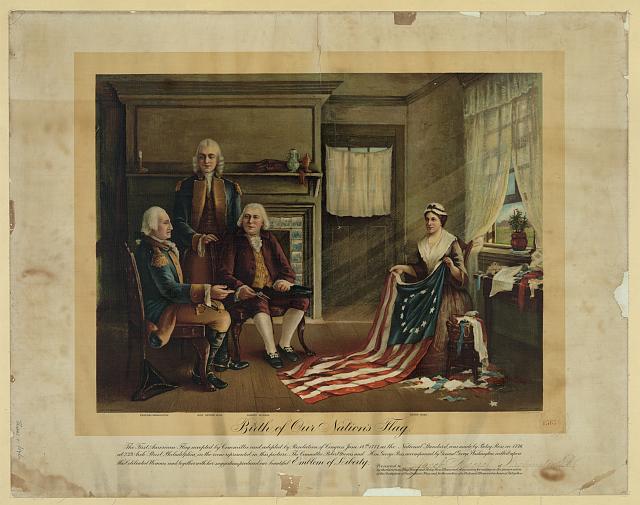
Over time more evidence has been discovered that suggests Betsy was one of a group of locals who helped to construct the first flag or that her role was limited to the revisal of the stars. While we may not ever know her exact stitches, there are a few things that are known. First, one of the men on the committee to create the flag was George Ross, John’s uncle. Second, Betsy was paid a large sum Pennsylvania State Navy Board for making flags. That she was closely involved in the making of the first flag is not just possible, it is probable.
An important legacy
Whatever her role, Betsy Ross was an important part of the founding years of America, a hard-working woman, and a brave and resilient individual. It is especially important for women to know that other women were taking such a bold part in their communities so early in our country’s history. I, for one, hope that she remains an American icon for many more years to come.
Do you feel inspired after learning a few things about Betsy’s life? Check out our Betsy Ross Revolutionary Gown and make sure she is represented at your next costume party!

More Revolutionary fun:
4th of July Conversation-Starters Roundup
Lydia Darragh, a Revolutionary Patriot: The First American Female Spy




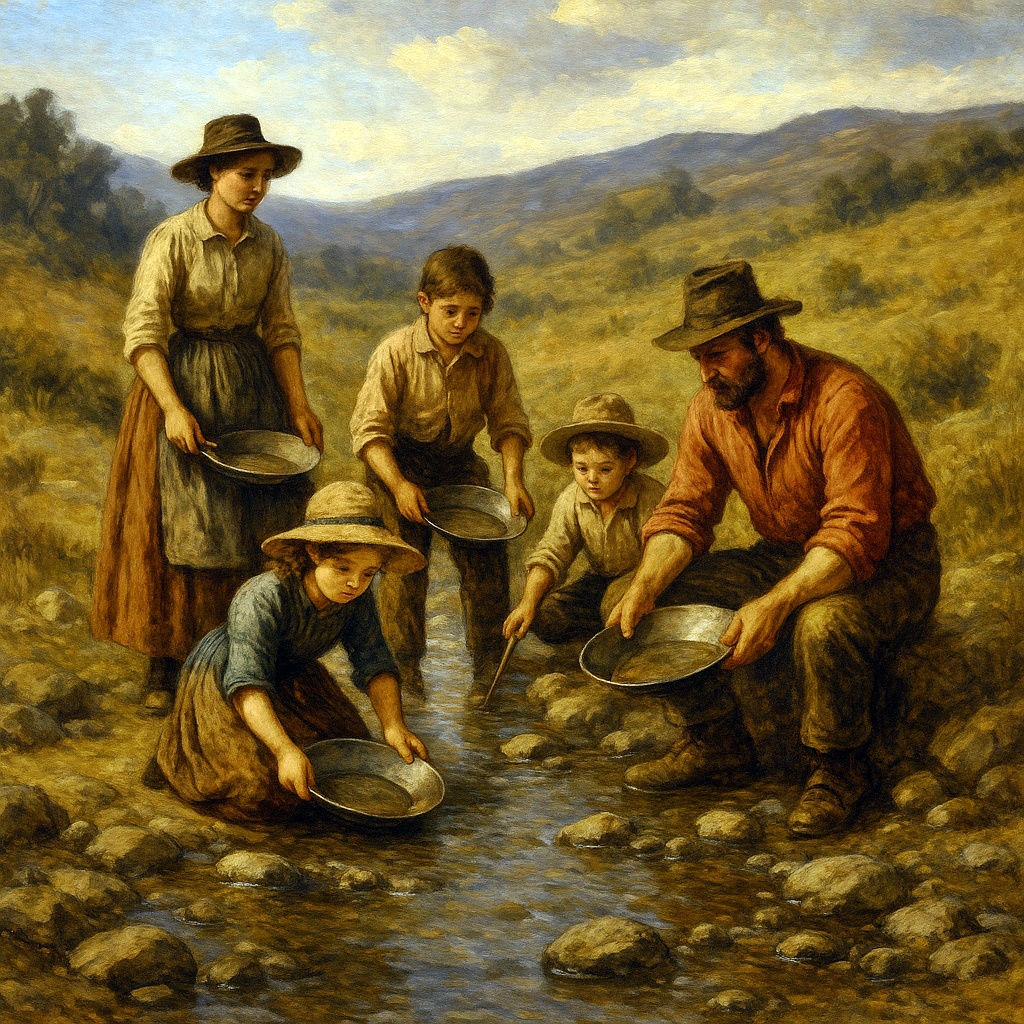
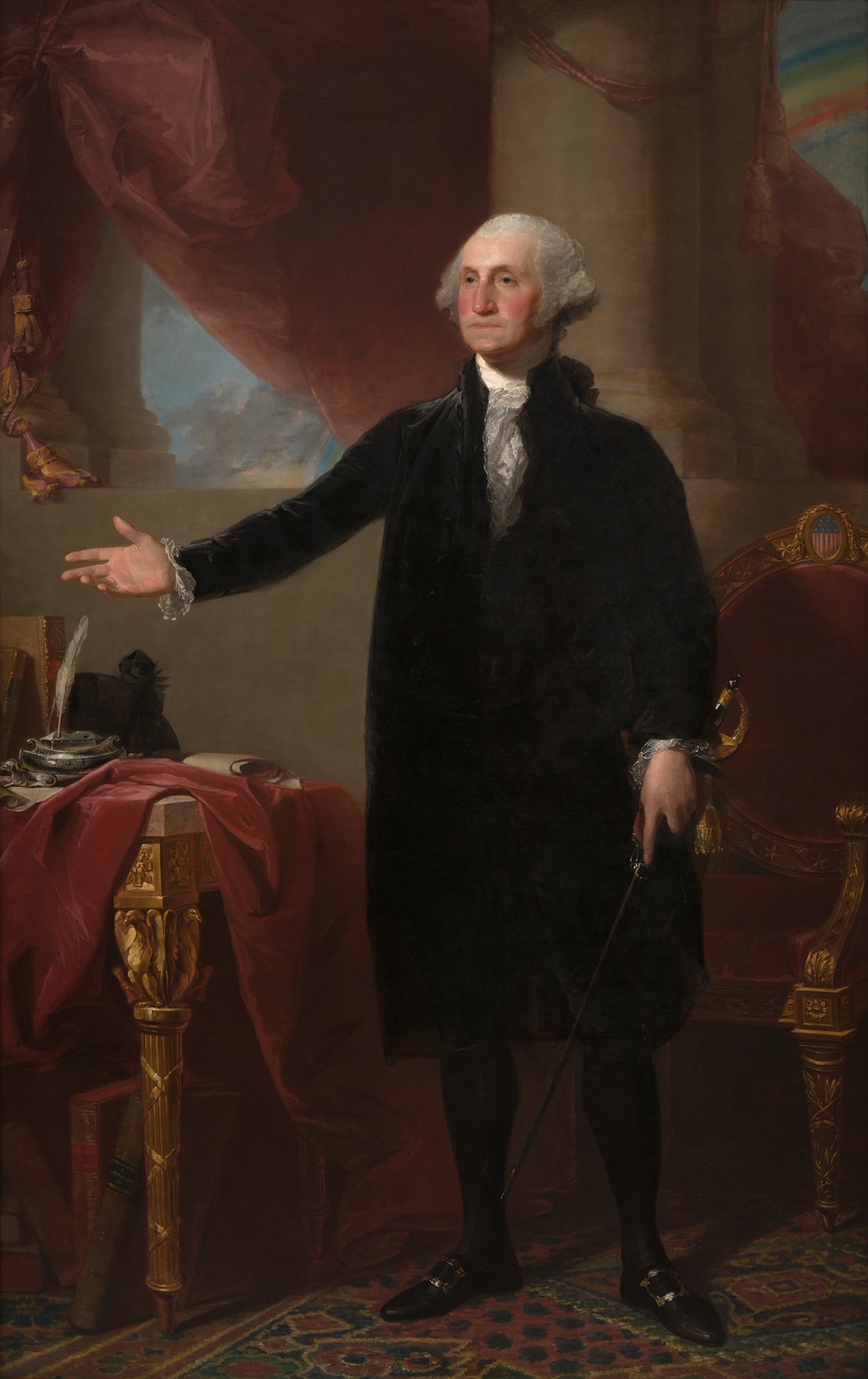





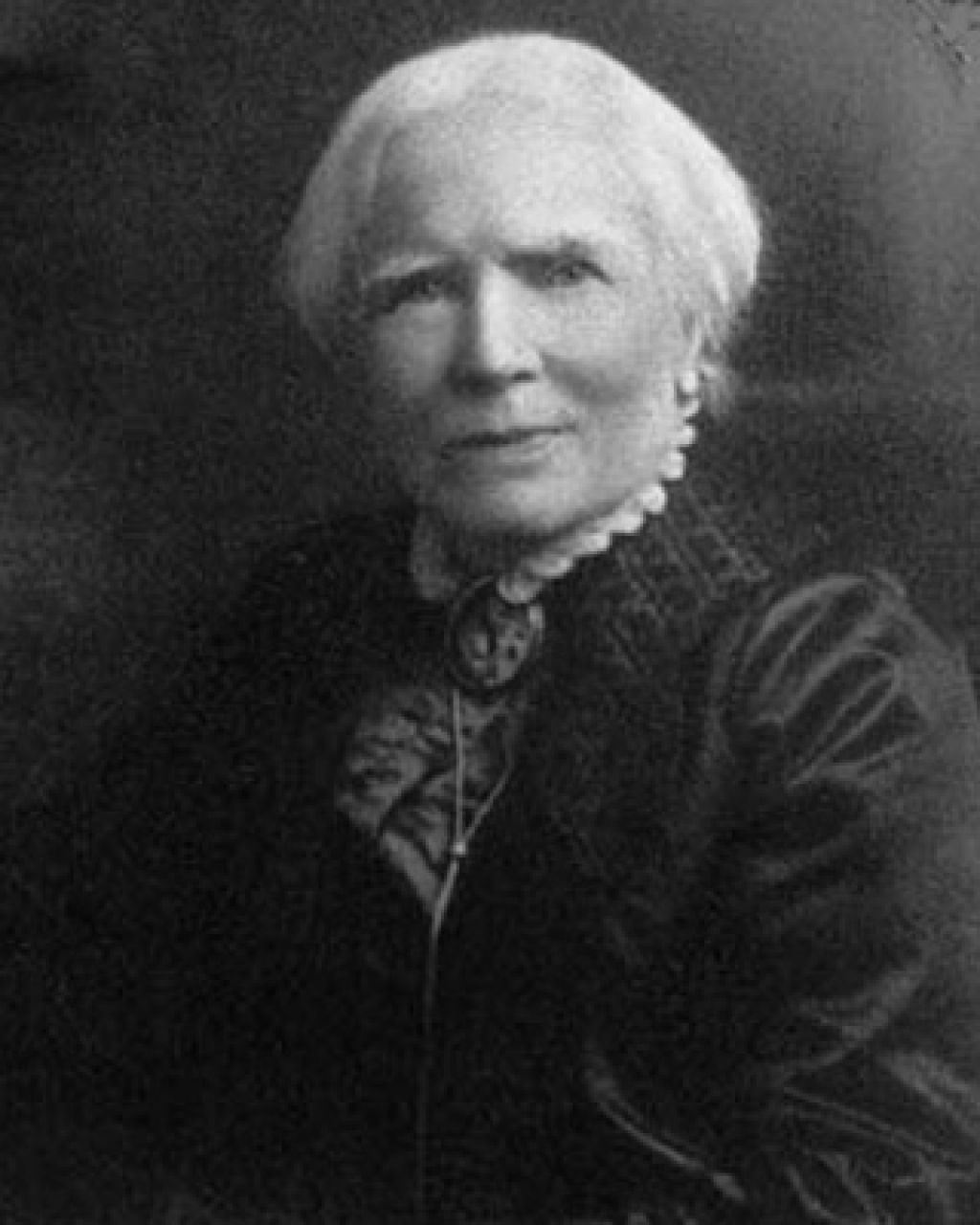

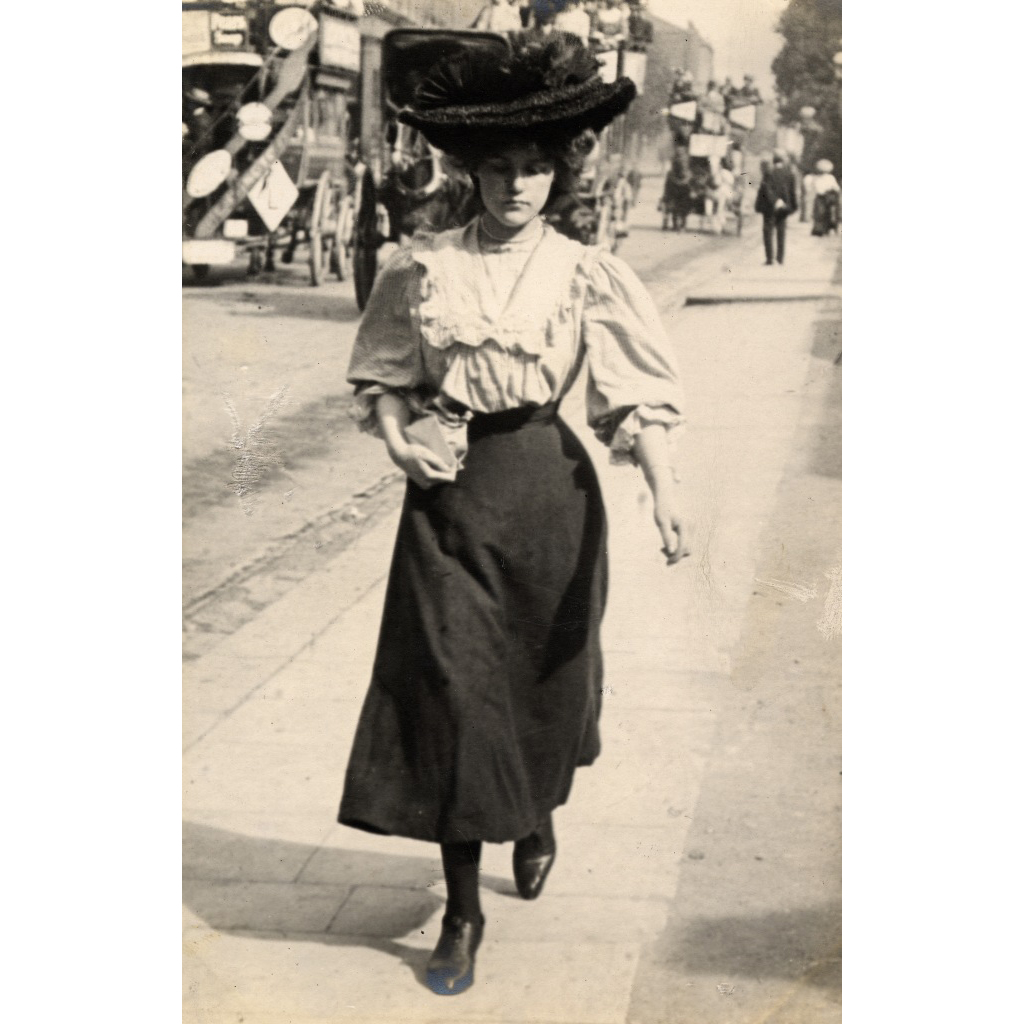
Leave A Comment